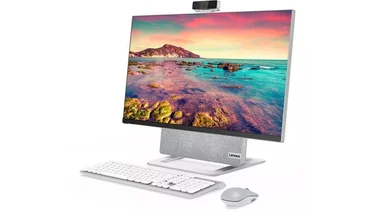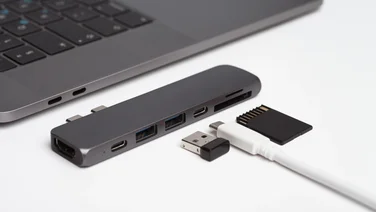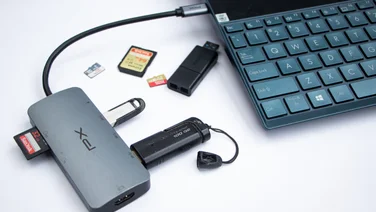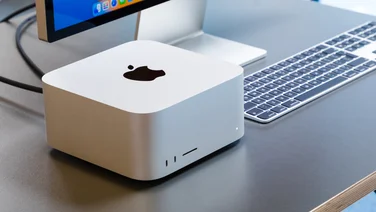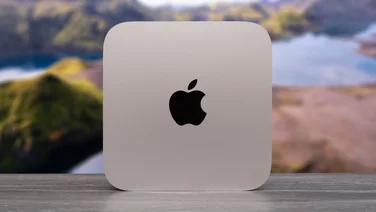To help us provide you with free impartial advice, we may earn a commission if you buy through links on our site. Learn more




With its media-friendly, touchscreen-focussed features, Windows 8 seems ideal for a living room PC, whether it’s a touchscreen all-in-one or a compact media centre PC to connect to your TV.
The Dino PC Banji 3450 is built into Antec’s ISK300-150 Mini-ITX case using half-height desktop and compact laptop components. The case is small, glossy and black – it looks rather slick and wouldn’t be out of place in a home entertainment setup, but it’s not very well made. We particularly disliked the disc drive cover which failed to close unless we jammed it shut so firmly that the opening button no longer worked. What’s worse is that this flap is entirely unnecessary – the slimline drive behind it has its own protection against dust and looks better than the shiny plastic flap.

Inside, there’s less to complain about. The case is as cramped as you’d expect from a Mini-ITX system, but it’s well designed, with drive cages that slot together like a three-dimensional jigsaw. At the top is a drive cage with space for two 2 1/2in hard disks. Dino PC has installed a 500GB hard disk, which provides enough storage to keep you going, but seems rather stingy compared to the fast SSDs and massive-capacity 3 1/2in disks you’ll find in most similarly priced desktops.
Below the hard drive cage is a slim laptop bay with a Blu-ray reader. The hard disk and Blu-ray drive occupy two of the Asus P8H77-I motherboard’s SATA ports. Another is used to connect an eSATA port on the PC’s front panel. Both of the motherboard’s SATA3 ports are in use, along with one SATA2 port, but there are still three free SATA2 ports available.

The motherboard has two memory slots, each of which is occupied by a 4GB module running at 1,333MHz. There’s only one expansion slot on the motherboard – a PCI-E x16 port, which is taken up by a low-profile 1GB AMD Radeon HD 6570 graphics card with DVI and HDMI ports. This isn’t a very powerful card, and could only manage 7.6fps in our hugely challenging Crysis 2 test at 1,920×1,080 and Ultra quality. We were only able to get a barely-playable frame rate of 24.2fps in Crysis 2 when we dropped the image quality to High and the resolution to 1,280×720. This is still better than you’d get from a processor’s onboard graphics chip, though.
The processor is a 3.1GHz Intel Core i5-3450. It’s a quad-core Ivy Bridge processor, but, unlike the Core i5-3570K chip that’s almost ubiquitous in PCs at this price, it has a locked multiplier so is tricky to overclock. However, it still did reasonably well in our benchmark tests with a score of 103.
At the front of the case are two USB2 ports alongside the eSATA port and obligatory 3.5mm mic and headphone ports. At the back are another six USB2 ports, two USB3 ports, a PS/2 port, three 3.5mm outputs for 5.1 analogue audio, an optical S/PDIF output for digital audio and a Gigabit Ethernet port.

Dino PC has included an Asus VS247H monitor, which is a 23.6in widescreen LCD with a matte screen, even lighting and pleasingly natural colours. Also included is a Trust eLight Full HD Webcam, which captures full HD video so you can make Skype video calls from the comfort of your sofa.
Although the idea of a compact Windows 8 PC is essentially a good one and the Banji 3450 does the job in terms of processor power, we weren’t too happy with the build quality of this system and its comparatively small hard disk, and it’s not much good for gaming. With its existing specification, the Banji 3450 doesn’t quite work as either a media centre PC or a compact PC alternative to a games console.
